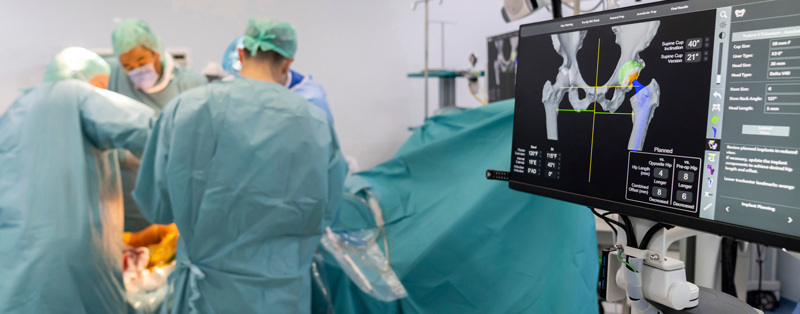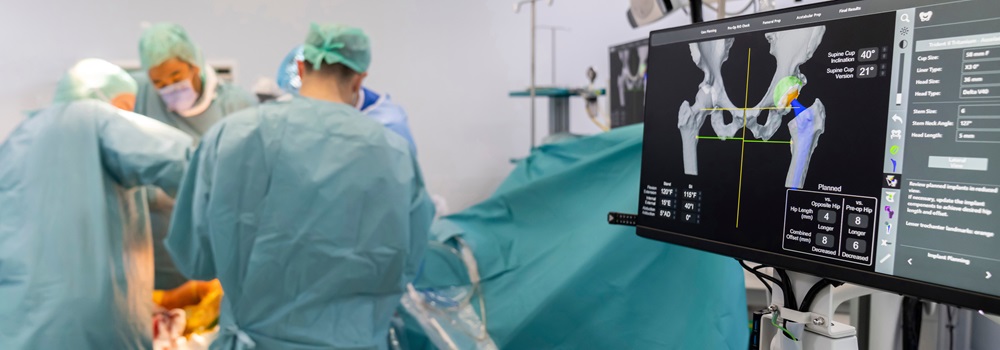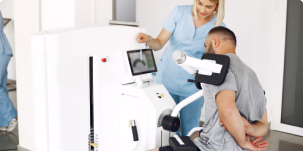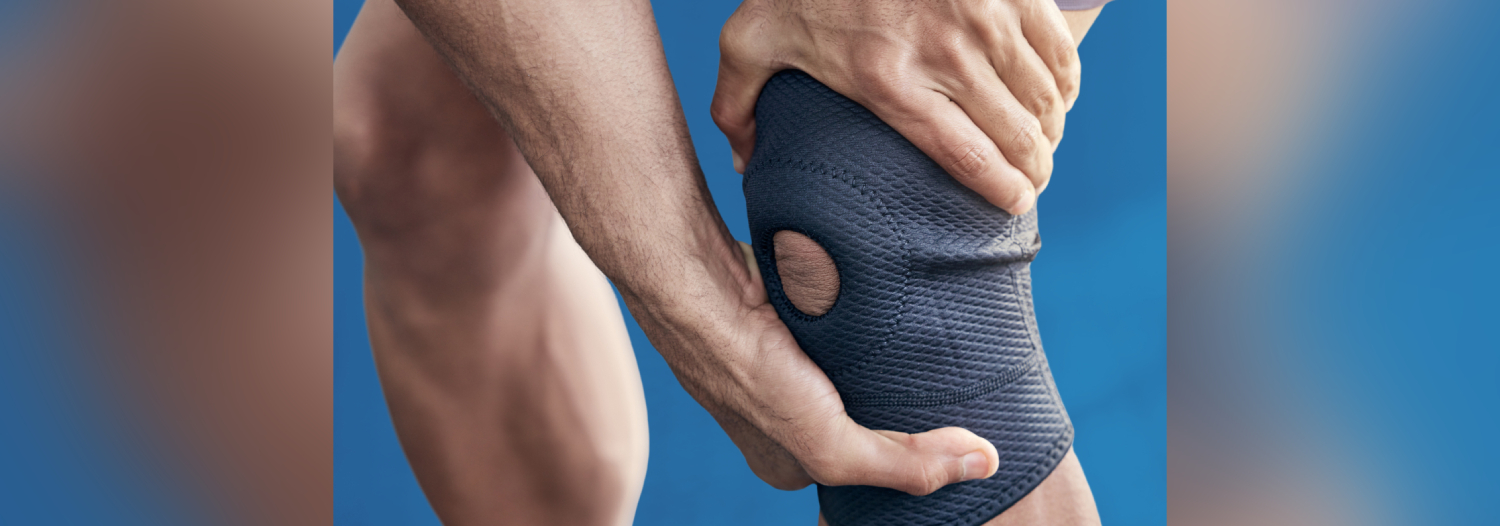Total Hip Arthroplasty: Comparing Approaches for Optimal Outcomes
Total hip arthroplasty (THA), commonly known as hip replacement surgery, is a highly successful procedure that has improved the lives of millions of people worldwide. One critical decision in this process is choosing the surgical approach, which determines how the surgeon accesses the hip joint to perform the replacement. In this blog, we will delve into the two primary main approaches to total hip arthroplasty— the posterior approach and the anterior approach— comparing their benefits and factors to assist individuals in making well-informed choices about their surgical journey.
The Posterior Approach
The posterior approach is a traditional surgical method for total hip arthroplasty. In this method, the surgeon reaches the hip joint by creating an incision on the posterior (back) of the hip, allowing for good visibility and access to the joint. Here are some key points about the posterior approach:
Pros
-
Surgeon Experience: Many surgeons are highly experienced and comfortable with the posterior approach, making it a widely used and accepted technique.
-
Familiarity with Implants: Most implants are designed with the posterior approach in mind, ensuring compatibility and efficiency during surgery.
-
Fewer Muscle Tears: This approach usually involves fewer muscle tears compared to the anterior approach, potentially leading to a shorter recovery period.
Cons
-
Postoperative Precautions: Patients need to follow specific postoperative precautions to avoid dislocation, such as avoiding crossing legs and certain movements for several weeks.
-
Potential Muscle Damage: Despite causing fewer muscle tears, the posterior approach can still cause muscle trauma during surgery.
The Anterior Approach
The anterior approach is a newer technique that involves making an incision on the front of the hip, allowing the surgeon to access the joint without cutting through major muscles. Here are some key points about the anterior approach:
Pros
-
Muscle Preservation: This approach is muscle-sparing, meaning major muscles are avoided or separated rather than cut, potentially resulting in a speedier recovery and reduced.postoperative pain.
-
Faster Recovery: Patients may experience a faster recovery due to the preservation of muscles and soft tissues.
Cons
-
Lateral Cutaneous Nerve Injury: Damage or irritation to nerves near the surgical site, leading to temporary or, in rare cases, permanent numbness, weakness, or pain in the leg.
-
Vascular Injury: Injury to blood vessels during the surgical procedure, which could cause bleeding, hematoma formation, or impaired blood flow to the leg.
-
Fractures: Fractures or cracks in the bone around the surgical site, typically occurring during the insertion of implants or bone preparation, But may also occur around the ankle when a specialized bed is used.
-
Limitations in visualization: The Direct anterior approach offers a more difficult extensile approach, and many revisions are still performed through a posterior approach
-
Postoperative Precautions: Patients need to follow specific postoperative precautions to avoid dislocation, such as avoiding crossing legs and certain movements for several weeks.
-
Equipment Accessibility: Some facilities might lack the specialized equipment needed for the anterior approach, impacting its widespread adoption.
Choosing the Right Approach
The decision regarding the surgical approach for total hip arthroplasty depends on various factors. The most important of which is the surgeon's expertise. It's essential to have a detailed discussion with the orthopedic surgeon, weighing the pros and cons of each approach to make an informed choice.
Conclusion
While there are many approaches to total hip arthroplasty, the anterior and posterior approaches remain the most commonly used and researched. Both the posterior and anterior approaches for total hip arthroplasty have their advantages and considerations. The best approach ultimately depends on a variety of factors, including the surgeon's expertise, the patient's individual circumstances, and the desired outcomes. A thorough discussion with a qualified orthopedic surgeon has a critical role in identifying the most suitable approach for a successful total hip arthroplasty and a smoother recovery.








